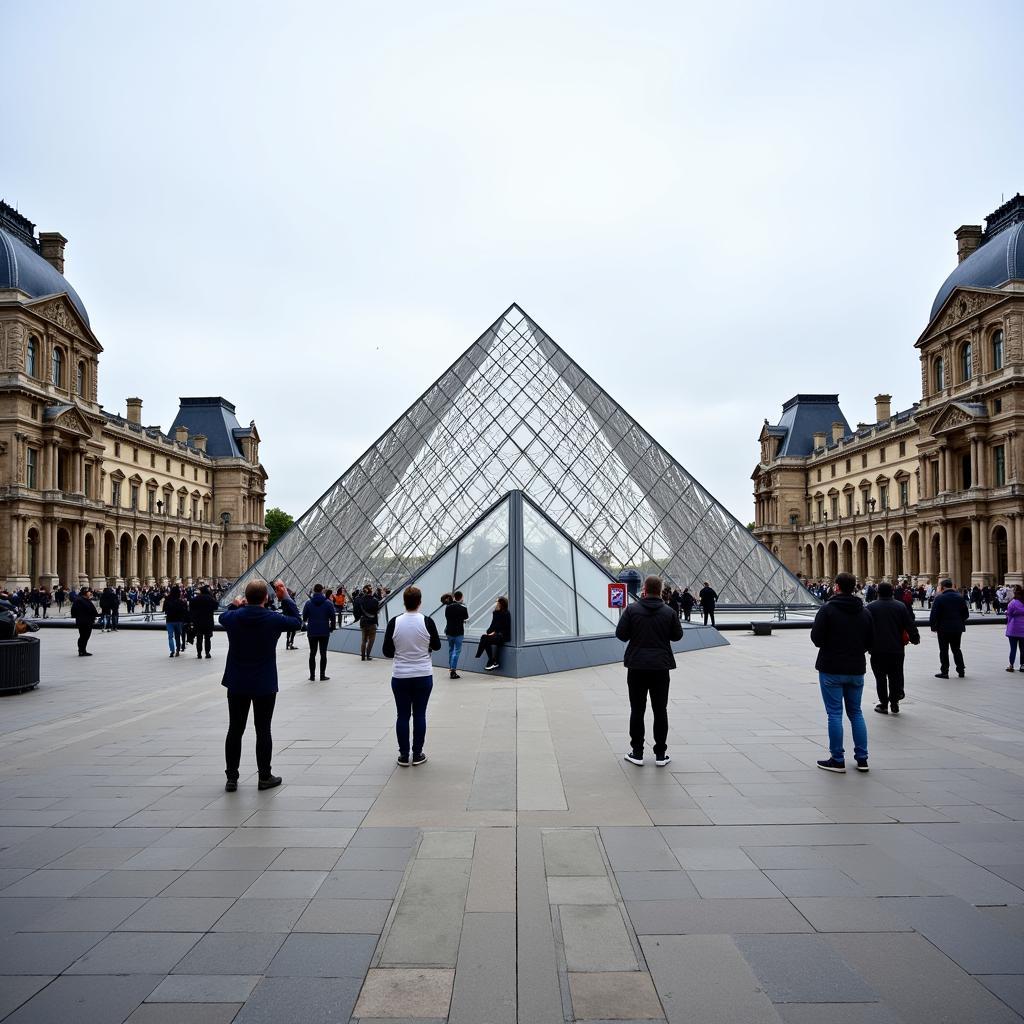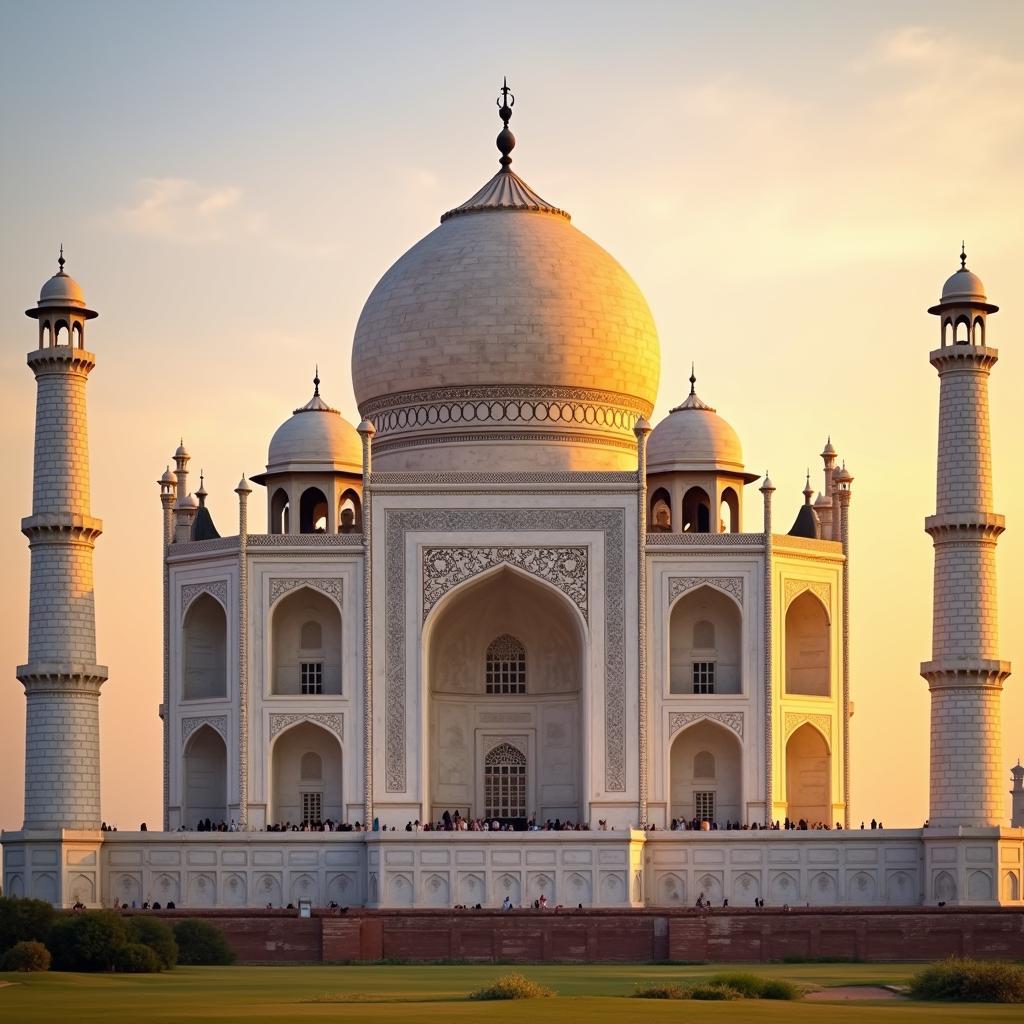When exploring the world of travel, having the right words to describe tourist attractions in English can significantly enhance your experience. Whether you’re sharing your adventures with fellow globetrotters or seeking information online, using appropriate vocabulary and phrases is essential.
This comprehensive guide will equip you with the necessary tools to articulate the allure of tourist hotspots, captivating landscapes, and cultural gems in eloquent English.
Describing Different Types of Tourist Attractions
Tourist attractions come in all shapes and sizes, from bustling cityscapes to serene natural wonders. Here’s how you can describe various types:
-
Historical Sites: When describing historical sites like ancient ruins or grand palaces, use adjectives like “ancient,” “historic,” “grandiose,” or “well-preserved.” For example, you can say, “The Colosseum in Rome is an ancient amphitheater, a testament to the architectural prowess of the Roman Empire.”
-
Natural Wonders: To depict breathtaking natural landscapes, use words like “awe-inspiring,” “majestic,” “picturesque,” or “serene.” For instance, you could describe the Grand Canyon as “an awe-inspiring natural wonder, its vastness and intricate layers of rock formations leave visitors speechless.”
-
Museums and Art Galleries: When talking about museums and art galleries, employ terms like “impressive,” “extensive,” “renowned,” or “thought-provoking.” For example, you can say, “The Louvre Museum in Paris houses an extensive collection of art and artifacts, including the iconic Mona Lisa.”
 Louvre Museum in Paris
Louvre Museum in Paris
- Theme Parks and Entertainment: For theme parks and entertainment venues, use adjectives like “thrilling,” “entertaining,” “family-friendly,” or “adrenaline-pumping.” For example, you can describe Disneyland as “a world-renowned theme park, offering thrilling rides, enchanting entertainment, and a truly magical experience for visitors of all ages.”
Using Descriptive Language
To truly capture the essence of a tourist attraction, it’s essential to use descriptive language that paints a vivid picture in the reader’s mind. Here are some tips:
-
Engage the Senses: Describe how the attraction appeals to sight, sound, smell, taste, and touch. For example, instead of simply saying, “The beach was beautiful,” you could say, “The turquoise waters sparkled under the golden sun, the gentle breeze carried the scent of salty air, and the soft, white sand felt like silk beneath my feet.”
-
Use Figurative Language: Similes, metaphors, and personification can make your descriptions more engaging. For instance, you could say, “The mountains stood tall and proud, like ancient guardians watching over the valley below.”
-
Highlight Unique Features: Focus on what makes the attraction special and sets it apart from others. For example, if a building has intricate carvings, describe them in detail.
Essential Phrases for Discussing Tourist Attractions
Here are some common phrases you can use when talking about tourist attractions:
- “A must-see attraction…”
- “Located in the heart of…”
- “Dating back to the [time period]…”
- “Home to [famous landmark/artwork/exhibit]…”
- “Offers stunning views of…”
- “A popular destination for…”
- “Provides a glimpse into…”
Sharing Your Experiences
When sharing your travel experiences, use personal anecdotes and vivid descriptions to bring your stories to life. Here’s an example:
“Visiting the Taj Mahal was an unforgettable experience. As I approached the majestic white marble mausoleum, I was struck by its intricate details and the sense of tranquility that surrounded it. The way the sunlight reflected off the marble, creating a soft, ethereal glow, was simply breathtaking.”
 Taj Mahal in India
Taj Mahal in India
Conclusion
Describing tourist attractions in English is an art that involves using descriptive language, engaging the senses, and highlighting unique features. By following these tips and utilizing the phrases provided, you can confidently share your travel experiences and inspire others to explore the wonders of the world. Remember, the best descriptions come from a place of genuine enthusiasm and a desire to share the beauty and wonder of your discoveries with others.
FAQ
1. What are some other ways to say “tourist attraction” in English?
- Point of interest
- Landmark
- Sight
- Heritage site
2. How can I find out more about a particular tourist attraction?
- Visit the official website
- Read travel blogs and reviews
- Consult guidebooks
3. What are some tips for taking good photos of tourist attractions?
- Choose the right time of day for optimal lighting
- Experiment with different angles and perspectives
- Capture the details as well as the overall scene
Need Help Planning Your Next Adventure?
Contact us at Phone Number: 02033846556, Email: [email protected] or visit us at 178 Ba Lan, Giếng Đáy, Hạ Long, Quảng Ninh, Việt Nam. Our team is available 24/7 to assist you with all your travel needs.
We can help you find:
- The best deals on tours to China during summer
- Eco-tourism options in Binh Duong
- Information about the 2022 World Cup schedule
- Affordable domestic travel packages
Start planning your dream trip today!
